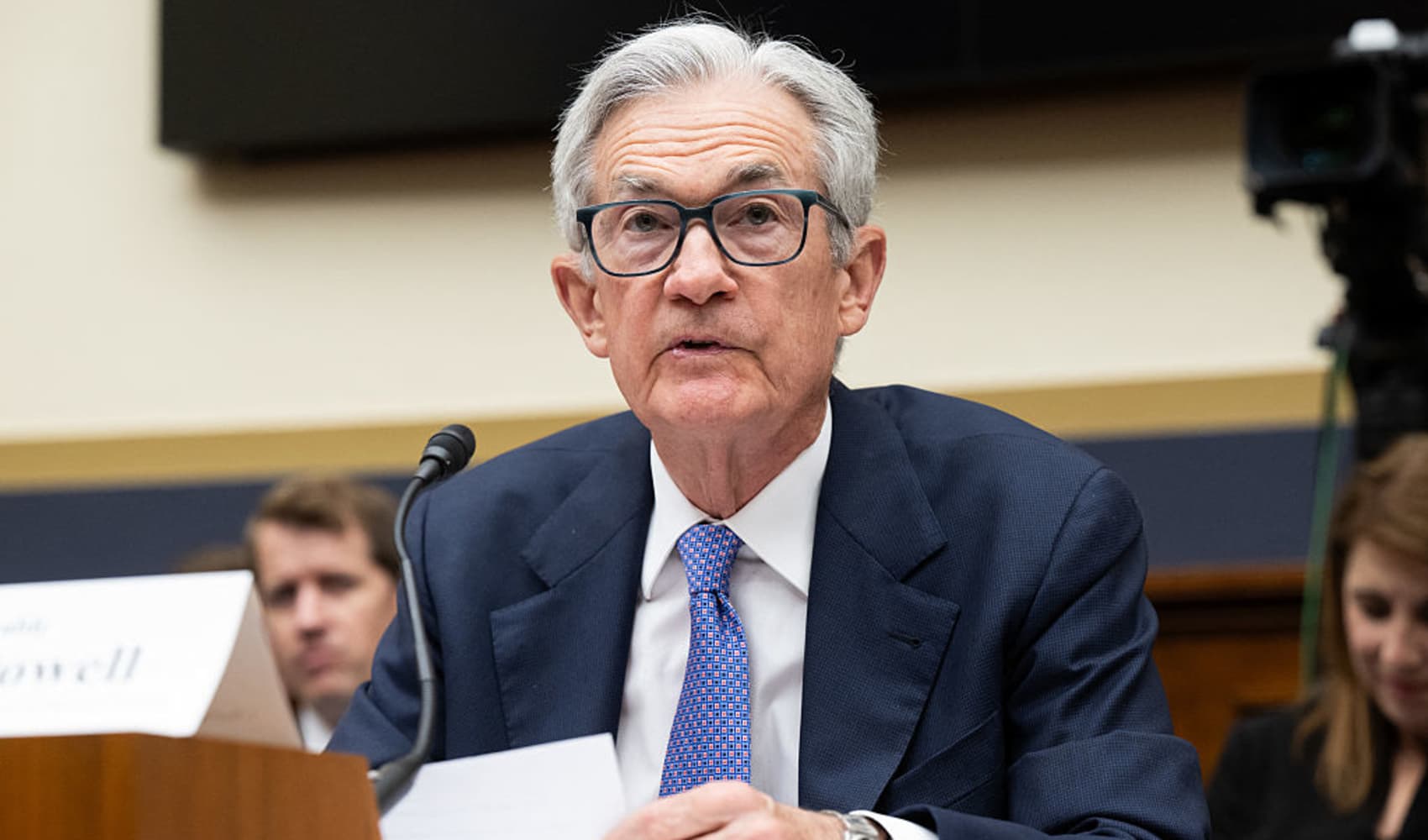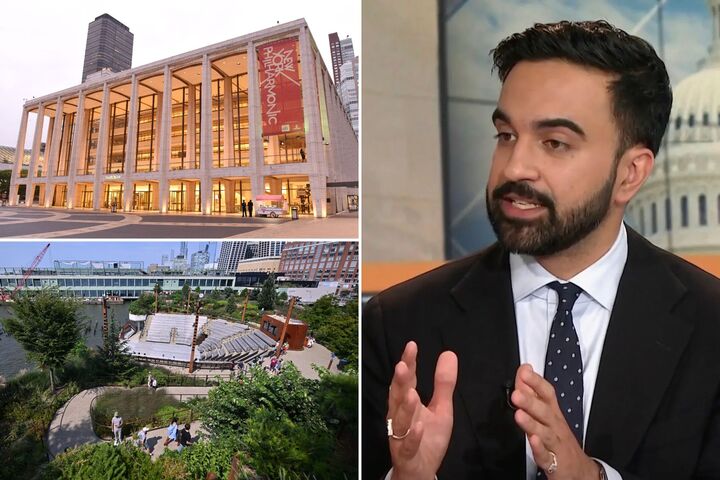Federal Reserve Chair Jerome Powell has explicitly stated that the central bank would have initiated interest rate cuts by now, had it not been for the significant impact of tariffs on U.S. monetary policy and subsequent inflation forecasts. This pivotal revelation, delivered at the European Central Bank’s Forum on Central Banking in Portugal, underscores the profound influence of trade measures on the Fed’s strategic decisions, leaving the 10-year Treasury yield largely unchanged despite the significant implications of Powell’s remarks.
During the forum, Powell elaborated on the rationale behind the Federal Reserve’s current monetary stance, explaining, “In effect we went on hold when we saw the size of the tariffs and essentially all inflation forecasts for the United States went up materially as a consequence of the tariffs.” When directly questioned if the Fed would have lowered rates again without the tariffs, his affirmative response, “I think that’s right,” solidified the understanding that trade disputes under President Donald Trump’s administration directly curtailed a potential easing of monetary policy, a move that would typically stimulate the US Economy.
Adding to the complex economic tableau, investors are concurrently digesting new U.S. economic data, which revealed a smaller-than-expected contraction in the manufacturing sector. The ISM manufacturing index, a crucial barometer for the US Economy, registered at 49.9 for June, a figure slightly above the Dow Jones consensus of 48.6. While still indicating contraction with a reading below 50, this performance suggests a degree of resilience in a sector closely monitored for signs of economic health and the impact of tariffs.
The financial markets remain highly anticipatory, with further critical economic indicators slated for release later in the week. Foremost among these is the June payroll data, a key economic gauge offering insight into the health of U.S. employment. Prior to that, watchers will gain a preliminary glimpse into the labor market through the release of ADP private payrolls data on Wednesday, setting the stage for the comprehensive non-farm payroll report, all of which directly influence the Federal Reserve’s outlook.
Beyond monetary policy and economic data, the legislative landscape is also significantly shaping the US Economy. Investors are closely tracking the progression of President Donald Trump’s ambitious legislative agenda, notably his “big, beautiful bill,” a sweeping spending measure that recently surmounted a crucial procedural hurdle in the U.S. Senate. Vishnu Varathan, head of economics and strategy at Mizuho Securities, projects the bill’s passage, despite its estimated addition of $3.3 trillion to the national debt over a decade. However, Varathan suggests that potentially softer Treasury yields could mitigate some of this substantial debt burden.
The confluence of Federal Reserve actions, particularly those influenced by tariffs, alongside unfolding economic data and significant legislative spending initiatives, collectively dictates the current trajectory of the US Economy. This intricate interplay highlights a period of heightened uncertainty and strategic recalibration for policymakers and market participants alike. The ongoing vigilance over inflation, employment, and the national debt remains paramount as the nation navigates these multifaceted economic forces.
Discover more from The Time News
Subscribe to get the latest posts sent to your email.






